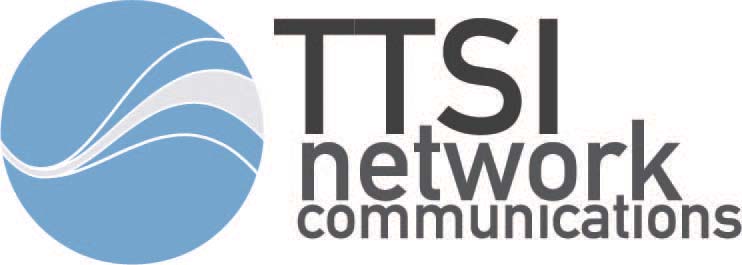Frame Relay is a digital packet network that provides all the features and benefits of a dedicated DDS or T1 network, but without the expense of multiple dedicated circuits. Frame Relay is deployed over the same services used to deploy DDS and T1. In a Frame Relay network, circuits are connected to a packet switch within the network that ensures packets are routed to the correct location. Frame Relay is an ideal, cost-effective solution for networks with bursty traffic that require connections to multiple locations and where a certain degree of delay is acceptable.
Frame Relay is optimized for use over higher-speed and very low error-rate data circuits. To reduce latency in Frame Relay networks the switches do not perform error correction (other than discarding corrupted frames) or flow control (other than setting Forward Explicit Congestion Notification and Backward Explicit Congestion Notification bits in the frame header). If the user equipment does not react to those notifications, then the network discards bits when it gets congested. All other functions of error congestion and flow control are left to the customer premises equipment.
One of the main advantages contributing to recent growth in the Frame Relay industry is the cost effectiveness of this type of service. Frame Relay service is a cost-effective solution for networks with bursty traffic requiring connections to multiple locations and where a certain degree of delay is acceptable. It also allows a voice circuit to share the same virtual connection as a data circuit, again, saving money.
Frame Relay Terms
Frame Relay Access Device – FRAD
A generic name for a device that multiplexes and formats traffic for entering a Frame Relay network.
Access Line
A communications line interconnecting a Frame Relay-compatible device to a Frame Relay switch.
Bursty/burstiness
Sporadic use of bandwidth that does not use the total bandwidth of a circuit 100% of the time.
Encapsulation
The process of placing protocol-specific frames inside Frame Relay frames.
CIR (Committed Information Rate)
The committed rate (usually less than the access rate) which the carrier guarantees to be available to transfer information to its destination under normal circumstances for a particular PVC.
DE (Discard Eligibility)
A user-set bit indicating that a frame may be discarded in preference to other frames if congestion occurs, to maintain the committed quality of service within the network.
DLCI (Data Link Connection Identifier)
A unique number identifying a particular PVC endpoint within a user’s access channel in a Frame Relay network and has local significance only to that channel.
BECN (Backward Explicit Congestion Notification)
A bit set by a Frame Relay network to notify an interface device (DTE) that congestion avoidance procedures should be initiated by the sending device.
FECN (Forward Explicit Congestion Notification)
A bit set by a Frame Relay network to notify an interface device (DTE) that congestion avoidance procedures should be initiated by the receiving device.
SNA (Systems Network Architecture)
An IBM network structure that use SDLC data link protocol in a polled environment.
SDLC (Synchronous Data Link Control)
SNA uses SDLC exclusively as the transport for an SNA network.
HDLC (High Level Data Link Control)
A generic protocol used to transmit code-transparent, serial information over a link connection. Unlike SDLC, control information is always placed in the same location.
UNI (User Network Interface)
Describes the connection between the user and the public network service provider.
NNI (Network to Network Interface)
Describes the connection between two public service network providers.
